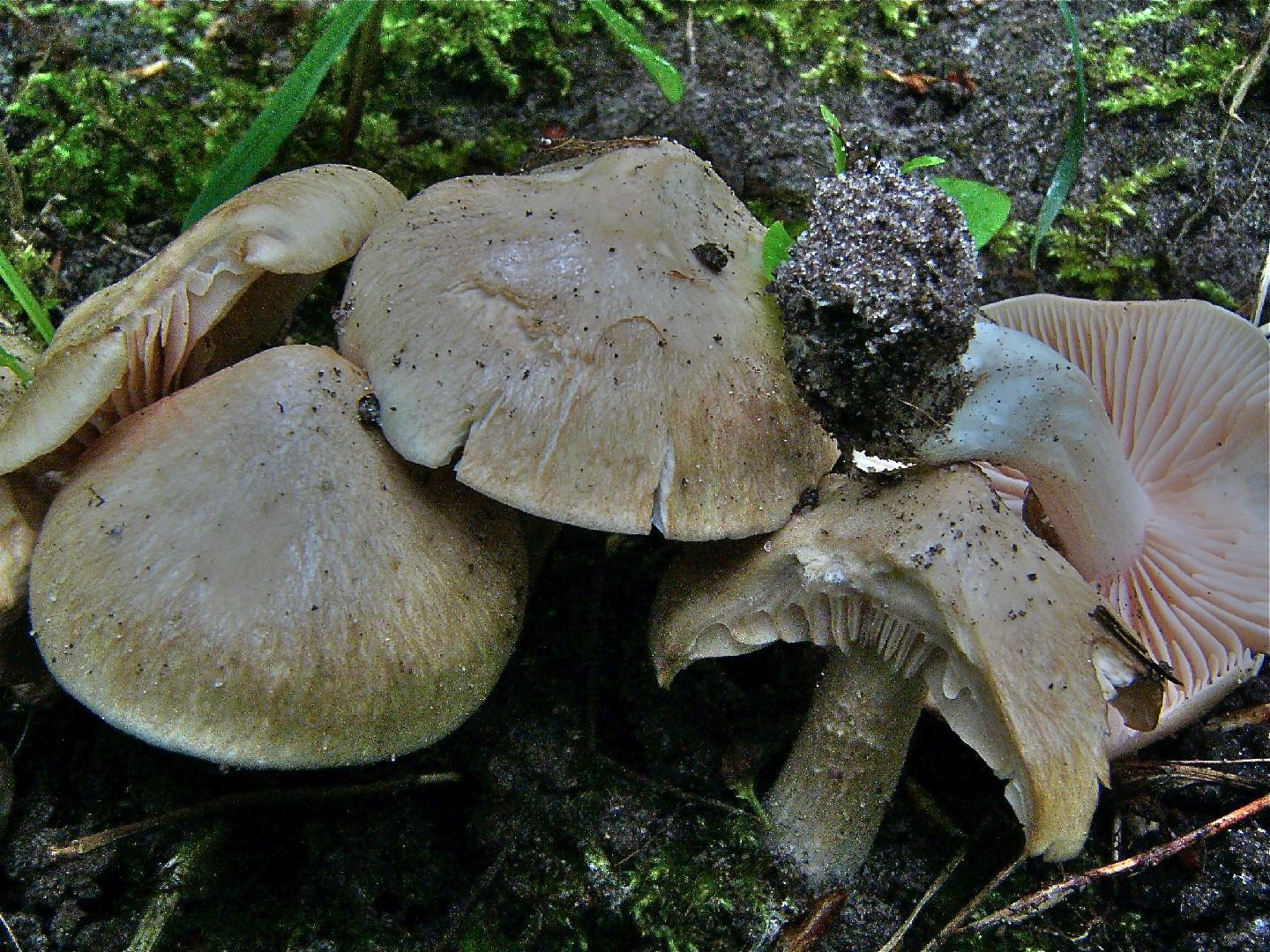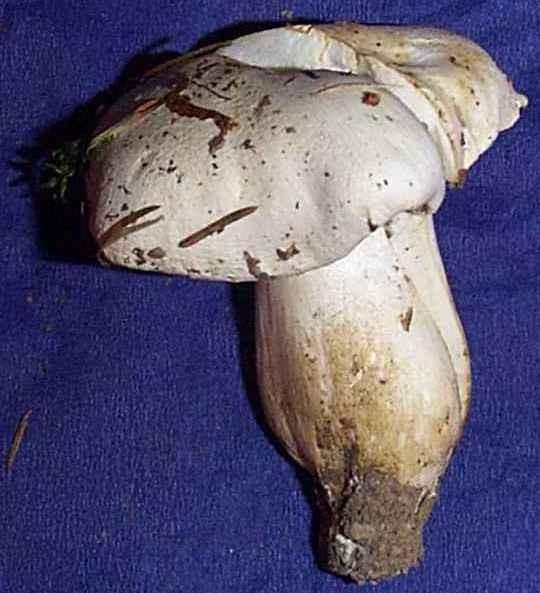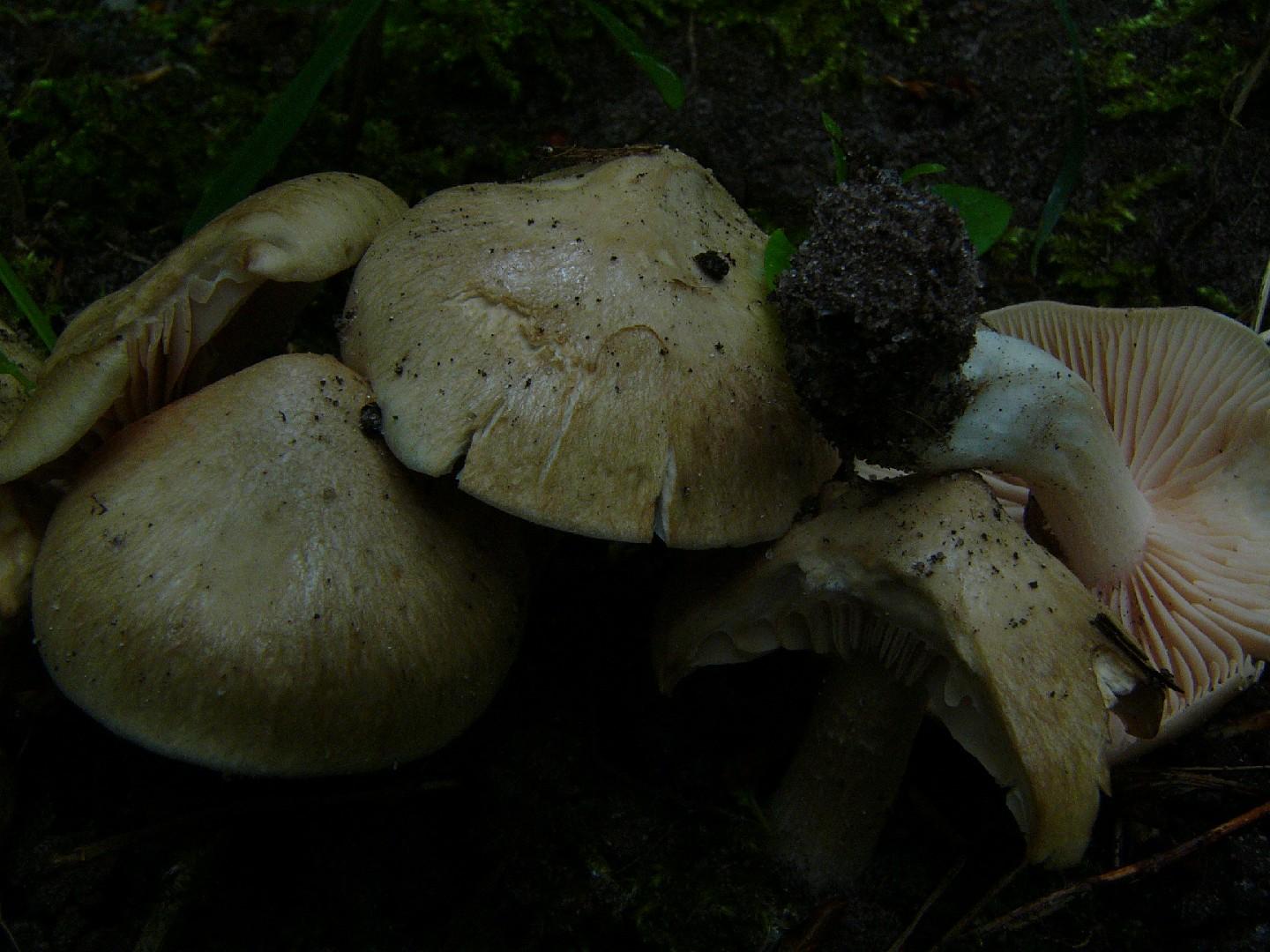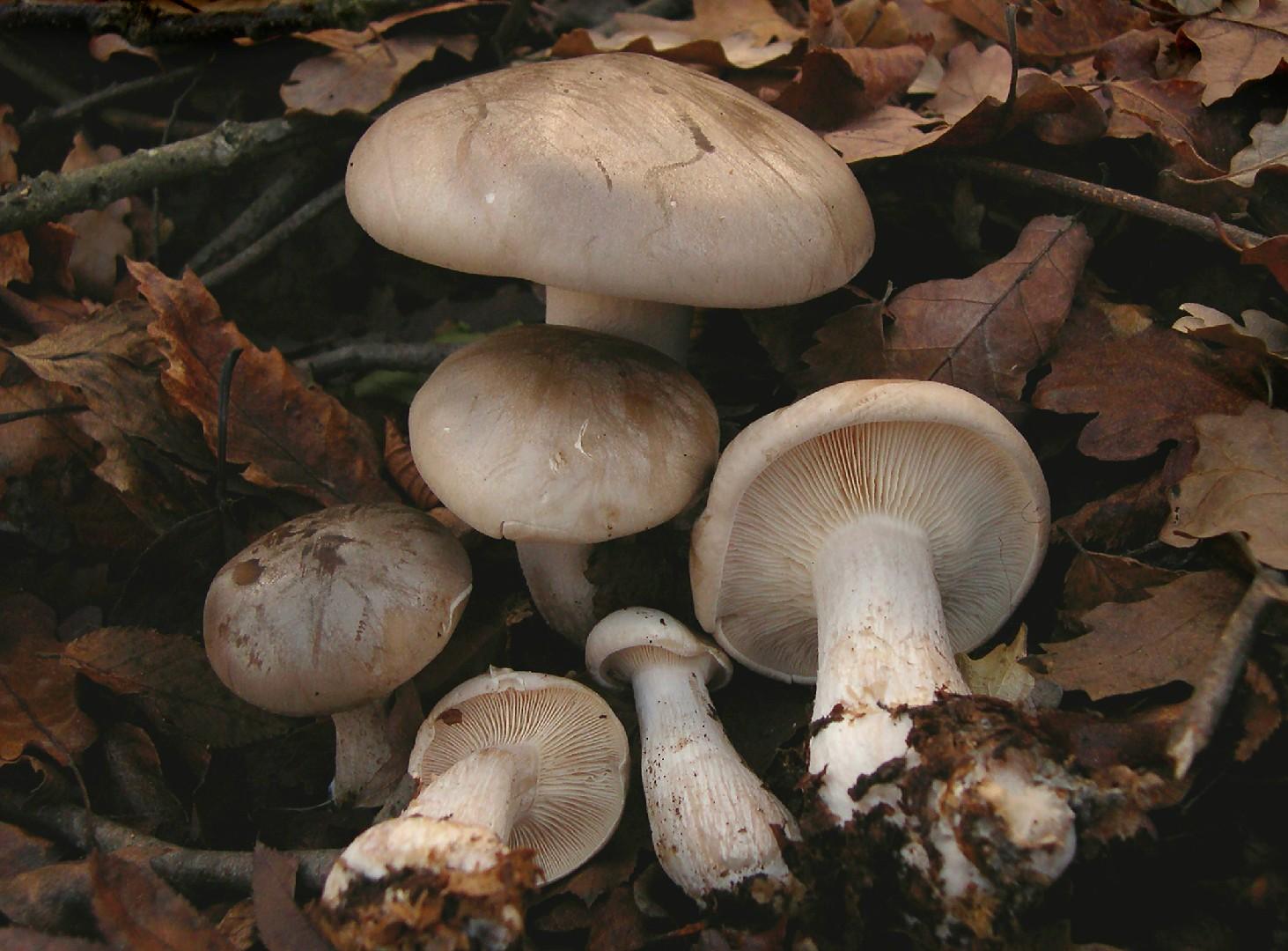



Livid pinkgill
Entoloma sinuatum
A species of Pinkgills. Also known as Lead poisoner, Leaden entoloma.
This striking pinkgill mushroom thrives across temperate regions of Europe and North America. Regrettably, its beauty belies a severe toxicity, leading to significant gastrointestinal distress upon ingestion. As the largest species in its genus, it is frequently confused by the untrained eye with various edible Agaricus mushrooms.
Attributes of Livid pinkgill
Scientific Classification of Livid pinkgill
Toxicity and Edibility of Livid pinkgill
Is Livid pinkgill Toxic?
The Entoloma sinuatum, also known as the livid pinkgill, is the most substantial species within the pink-spored Entoloma genus and poses a potential health risk. Its notable similarity in appearance to certain edible mushroom varieties has unfortunately resulted in instances of mistaken consumption and subsequent toxic reactions across Europe. The uncharacterized toxins present in this fungus are known to induce severe gastrointestinal distress, manifesting as abdominal discomfort, nausea, and loose stools. Typically found in deciduous forests on clay or chalk-rich soils, or within parklands during the late summer and autumn months, ingestion of the livid pinkgill is strongly advised against due to its inherent toxicity.


